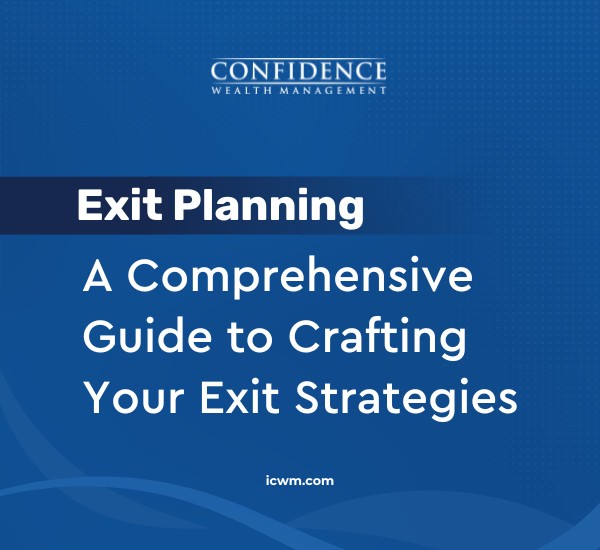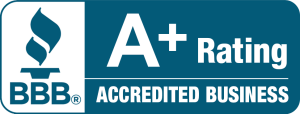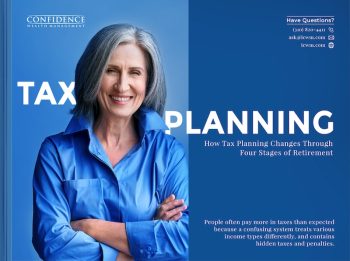A successful investor maximizes gain and minimizes loss. While there’s no guarantee that any investment strategy will be successful and all investing involves risk, including the possible loss of principal, here are six basic principles that may help you invest successfully.
1. Long-Term Compounding Helps Your Nest Egg Grow
Put simply, compounding pays you earnings on your reinvested earnings. The longer you leave your money at work for you, the more exciting the numbers get.
For example, imagine an investment of $10,000 at an annual rate of return of 8 percent. In 20 years, assuming no withdrawals, your $10,000 investment would grow to $46,610. In 25 years, it would grow to $68,485, a 47 percent gain over the 20-year figure. After 30 years, your account would total $100,627. (Of course, this is a hypothetical example that does not reflect the performance of any specific investment.)
This simple example also assumes that no taxes are paid along the way, so all money stays invested. That would be the case in a tax-deferred individual retirement account or qualified retirement plan. The compounded earnings of deferred tax dollars are the main reason experts recommend fully funding all tax-advantaged retirement accounts and plans available to you.
While you should review your portfolio regularly, the point is that money left alone in an investment offers the potential for a significant return over time. With time on your side, you don’t have to go for investment “home runs” to
be successful.
2. Endure Short Term Pain for Long Term Gain
Riding out market volatility is simple, but not easy. If the market goes down on any single day, you could be down a lot on paper.
The financial markets are volatile, so this is bound to happen. To stay on track, remember two things:
- Stay with a diversified portfolio of investments – You’re likely to reduce your risk and improve your opportunities for gain.
- Take your time horizon into account when establishing your investment game plan.
- For assets you’ll use soon, you may not have the time to wait out the market and should consider investments designed to protect your principal. Conversely, think long-term for goals that are many years away.
- During any given period of market or economic turmoil, some asset categories and some individual investments have historically been less volatile than others.
- Bond price swings, for example, have generally been less dramatic than stock prices. Though diversification alone cannot guarantee a profit or ensure against the possibility of loss, you can minimize your risk.
3. Spread Your Wealth Through Asset Allocation
The three most common asset classes are stocks, bonds, and cash or cash alternatives such as money market funds. You’ll also see the term “asset classes” used to refer to subcategories, such as aggressive growth stocks, long-term growth stocks, international stocks, government bonds (U.S., state, and local), high-quality corporate bonds, low-quality corporate bonds, and tax-free municipal bonds.
A basic asset allocation would likely include at least stocks, bonds (or mutual funds of stocks and bonds), and cash or cash alternatives. There are two main reasons why asset allocation is important:
- The mix of asset classes you own is a large factor, maybe even the biggest factor, in determining your overall investment portfolio performance.
- By dividing your investment dollars among asset classes that do not respond to the same market forces in the same way at the same time, you can minimize the effects of market volatility while maximizing your chances of return in the long term.
Ideally, if your investments in one class are performing poorly, assets in another class may be doing better. Any gains in the latter can help offset the losses in the former and help minimize their overall impact on your portfolio.
4. Consider Your Time Horizon
Consider how quickly you might need to convert an investment into cash without loss of principal (your initial investment). Generally speaking, the sooner you’ll need your money, the wiser it is to keep it in investments whose prices remain relatively stable.
You want to avoid a situation, for example, where you need to use money quickly that is tied up in an investment whose price is currently down.
If you need the money within the next one to three years, you may want to consider keeping it in a money market fund or other cash alternatives whose aim is to protect your initial investment.
Your rate of return may be lower than that possible with more volatile investments such as stocks, but you’ll breathe easier knowing that the principal you invested is relatively safe and quickly available, without concern over market conditions on a given day.
Conversely, if you have a long time horizon you may be able to invest a greater percentage of your assets in something that might have more dramatic price changes but that might also have greater potential for long-term growth.
5. Dollar Cost Averaging: Investing Consistently and Often
Dollar cost averaging is a method of accumulating shares of an investment by purchasing a fixed dollar amount at regularly scheduled intervals over an extended time.
When the price is high, your fixed-dollar investment buys less. When prices are low, the same dollar investment will buy more shares. To maximize the potential effects of dollar cost averaging, assess your ability to keep investing even when the market is down.
An alternative to dollar cost averaging would be trying to “time the market,” to predict how the price of the shares will fluctuate in the months ahead so you can make your full investment at the absolute lowest point. However, market timing is generally unprofitable guesswork. The discipline of regular investing is a much more manageable strategy, and it has the added benefit of automating the process.
6. Buy and Hold
Your portfolio’s long-term success will depend on periodically reviewing it. Maybe economic conditions have changed the prospects for a particular investment or an entire asset class. Also, your circumstances change over time, and your asset allocation will need to reflect those changes.
Conclusion
These six keys create a solid foundation for successful investing, but if you want extraordinary returns you need to work with extraordinary people.
As experienced financial professionals, we help clients like you figure out the best retirement plan for their situation, so that when they’re ready they can retire gracefully with peace of mind.
Please connect with us and let us help you plan for your dream retirement. We would be delighted to go on the journey with you.










